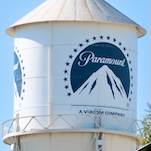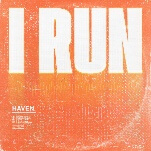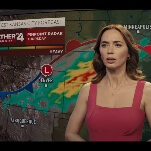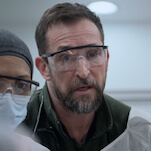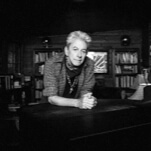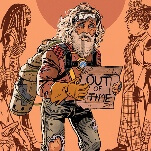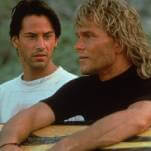Read this: Why did the Travel Channel die and become Ghost Adventures HQ
A new report from The Washington Post explores the paranormal phenomeneon of a TV station’s obsession with bros hunting ghosts
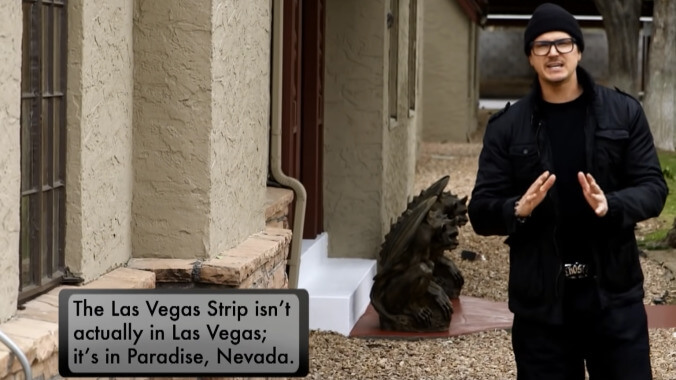
“Did you hear something? No, seriously, dude, what was that? Oh, god! It’s the spookiest, scariest, most ghoulish of television networks: Travel Channel!”
Over the last 15 years, something strange happened to the Travel Channel. Once a destination for aspiring tourists looking to see where they could get the best artichokes in Italy is now a stop-shop for men screaming about heat signatures, magnetic pulses, and infrared sensors in an empty room where clearly nothing is happening. It’s just dark. In 2008, Ghost Adventures premiered on the Travel Channel and forever changed the course of vacation entertainment. Suddenly and without warning, the Travel Channel began possessing television sets in hotel rooms, forcing viewers to watch reality shows about visitors from another plain of reality.
How did this happen? Thankfully, we have an answer. The Washington Post’s Hannah Sampson examined the rise of the Ghost Channel in a new report. Analyzing the strange surge of paranormal entertainment on a channel whose name promises something very different, Sampson details its quick and steady rise to the top of the ratings. But not everyone is dying to watch this version of destination-based escapism.
In 1987, the TWA airline launched the Travel Channel as a network “devoted exclusively to travel and leisure.” But in the late-90s and early-2000s, the channel shifted, adding some paranormal offerings to its lineup. “Now it’s kind of like a joke,” said Mark Wolters, a travel vlogger and teaching associate professor at the University of Illinois at Urbana-Champaign’s Gies College of Business, told the Post. “Oh, I remember the Travel Channel. Remember Samantha Brown when she was on there, and Anthony Bourdain and No Reservations? Those were the days.”






